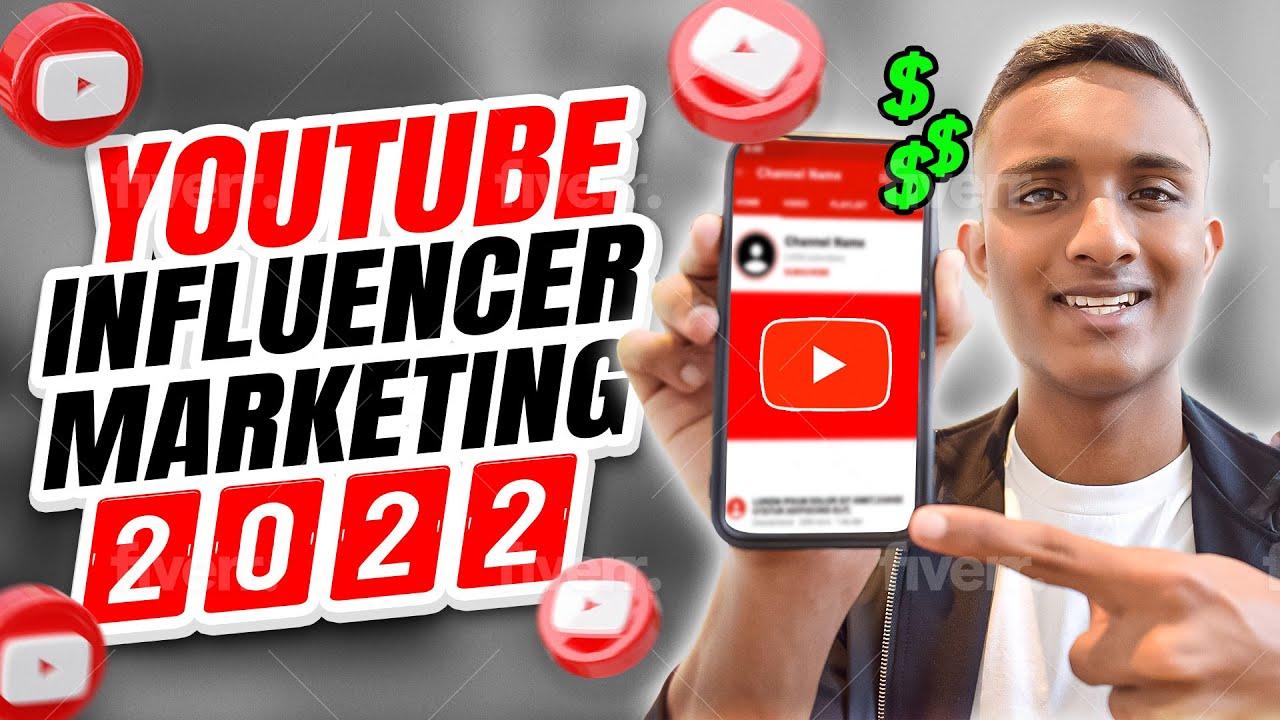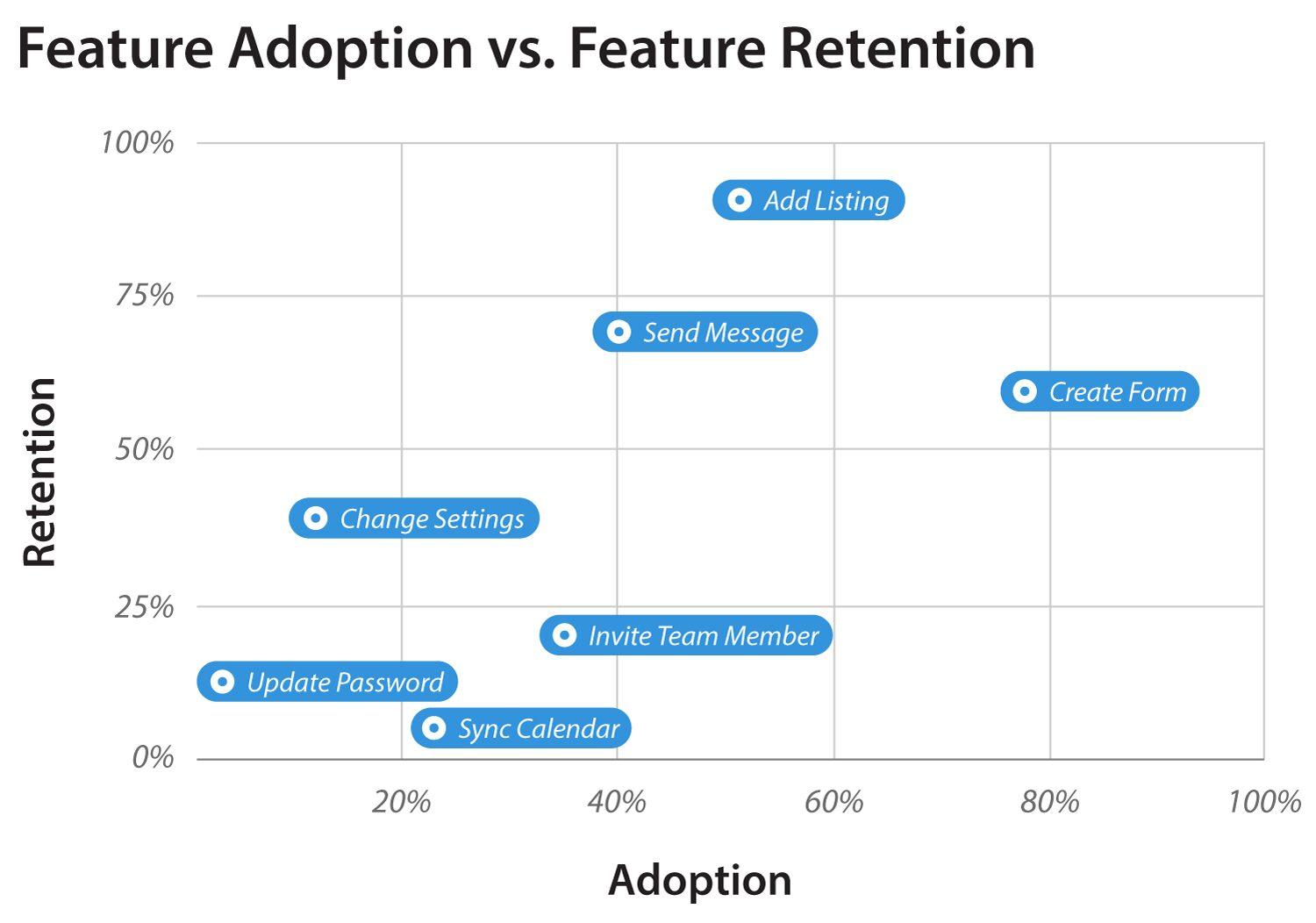
In an ever-evolving digital landscape, where engagement transcends mere view counts, the art of influencer marketing on platforms like YouTube is undergoing a profound conversion. As brands and creators alike seek deeper connections wiht their audiences, the golden metric of views is rapidly being redefined. Welcome to the next era of YouTube influencer marketing—a realm where authenticity, community, and experience take center stage. In this article, we will explore how shifts in consumer behavior, algorithm changes, and a burgeoning emphasis on genuine interaction are reshaping the strategies used by brands and influencers. Join us as we navigate the exciting possibilities that lie beyond conventional metrics, unveiling the new principles that will guide successful collaborations and drive meaningful engagement in the YouTube ecosystem.
Shifting Focus from Views to Engagement Metrics
In the evolving landscape of YouTube influencer marketing, a paradigm shift is underway. Brands are beginning to prioritize engagement metrics over sheer view counts, recognizing that a high number of views does not necessarily translate to brand affinity or purchase behavior. The nuances of audience interaction — such as likes, comments, shares, and watch time — provide deeper insights into how content resonates with viewers. By evaluating these metrics, companies can effectively assess the ROI of their marketing campaigns and unearth genuine connections forged between influencers and their communities.
to navigate this new focus,brands can leverage a variety of engagement indicators that reveal the true impact of influencers. Key metrics to consider include:
- Comment Rate: The volume of comments compared to views reflects viewer engagement.
- Shareability: The rate at which content is shared indicates its emotional impact.
- Watch Time: Longer viewing sessions signify that the content resonates with the audience.
This strategic pivot towards engagement metrics not only enhances campaign effectiveness but also fosters a more authentic influencer marketing ecosystem where quality trumps quantity.

Authenticity and Niche Targeting: Building Trust with Audiences
In the evolving landscape of influencer marketing, authenticity stands as the cornerstone of effective audience engagement. As brand collaborations grow, the expectation for influencers to maintain genuine connections with their followers intensifies. This requires marketers to focus on niche targeting, allowing influencers to cultivate dedicated communities that are resonant with specific interests. By partnering with influencers who truly embody the values and lifestyle of their audience, brands not only enhance their credibility but also foster a deeper emotional connection, resulting in a more meaningful impact.
To effectively bridge the gap between influencers and their niche audiences, brands should consider the following strategies:
- Deep Research: Understanding the audience’s preferences, values, and aspirations.
- Content Collaboration: Working closely with influencers to create tailored content that reflects authenticity.
- Long-term Partnerships: Building sustained relationships with influencers to foster trust.
- Transparent Communication: Ensuring open dialogues about expectations and brand values.
As brands navigate this new era, they should harness authentic storytelling combined with well-defined niche targeting to create impactful campaigns. The synergy between authenticity and audience engagement not only drives conversions but cultivates brand loyalty, epitomizing the next phase of influencer marketing.

Leveraging Data Analytics for Tailored Campaign Strategies
Harnessing the power of data analytics transforms influencer marketing into a precise science. By analyzing viewer demographics, engagement metrics, and behavioral patterns, brands can create intricately tailored campaign strategies that resonate deeply with their target audience. This process allows marketers to identify which influencers align seamlessly with their brand values and messaging. Effective strategies can include focused content themes,optimal posting times,and specific call-to-action placements that drive conversion rates. Utilizing data-driven insights gleaned from platform analytics helps in refining these approaches.
Moreover,segmentation of data plays a crucial role in enhancing campaign effectiveness. By categorizing audiences based on interests, engagement levels, and purchase behaviors, brands can personalize their content to foster a stronger connection. A well-designed table can illustrate these segments effectively:
| Audience Segment | Key Interests | Preferred Content Type |
|---|---|---|
| Fitness Enthusiasts | Workout Routines, Nutrition | How-to Videos, Challenges |
| Tech Savvy | Gadgets, Reviews | Unboxing, Tutorials |
| Fashion Aficionados | Latest Trends, Style Tips | Lookbooks, Hauls |
By merging these insights with ongoing performance metrics, brands can iterate their campaigns in real-time, ensuring that resources are judiciously allocated to initiatives that yield the highest ROI. This level of personalization is instrumental in not just capturing attention but in cultivating lasting customer relationships through meaningful interaction.

The Rise of Micro-Influencers in Transformative Marketing Approaches
The marketing landscape is evolving, and with it, the emergence of micro-influencers has reshaped how brands engage with their audiences. Unlike their mega-counterparts, micro-influencers boast smaller, yet highly engaged followings that often surpass the impact of larger influencers in terms of authenticity and trust.Their content tends to resonate deeply with niche communities, fostering genuine connections built on relatability rather than mere follower counts. This authentic approach creates a fertile ground for transformative marketing strategies, enabling brands to leverage the influence of these individuals to reach precisely targeted demographics.
Brands are increasingly recognizing the potential of collaborating with micro-influencers to enhance their marketing efforts. Here are some advantages of this strategy:
- Higher Engagement Rates: Micro-influencers frequently enough achieve significantly better engagement metrics than larger influencers.
- Cost-Effectiveness: Partnering with micro-influencers is typically more budget-friendly, allowing brands to stretch their marketing dollars.
- Targeted Reach: Their focused niche expertise means brands can more effectively connect with specific market segments.
This shift not only democratizes influence on platforms like YouTube but also allows brands to tap into the unique voice and perspective of each micro-influencer, transforming traditional marketing into an interactive, community-driven conversation.
To Conclude
As we stand on the brink of a new era in influencer marketing, the landscape of YouTube continues to evolve.The days of merely counting views and likes are swiftly fading into the background, giving way to a more nuanced appreciation of engagement, authenticity, and connection.Brands and creators alike will need to adapt, not only to harness the power of a community but also to build relationships that transcend numbers.
In this dynamic environment, success will come from storytellers who navigate beyond superficial metrics, embracing deeper interactions with their audiences. By focusing on qualitative insights, purpose-driven content, and innovative collaboration, we can all participate in a transformation that is not just about visibility but about impact.
As we venture forward, let’s remember that the true power of YouTube influencer marketing lies in the connections we foster and the value we create together. The next chapter is just beginning—one that promises to enrich our digital experiences and redefine the way we perceive influence in an ever-changing world. Whether you’re a brand, a creator, or an audience member, there’s a new story to be told, and it starts now.